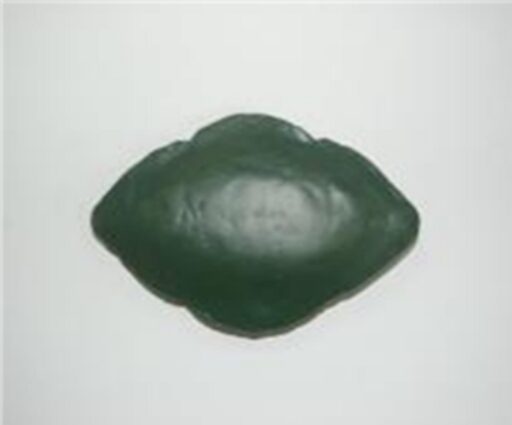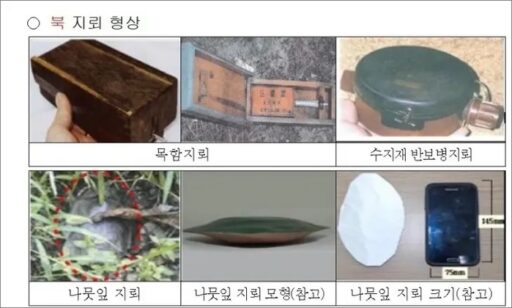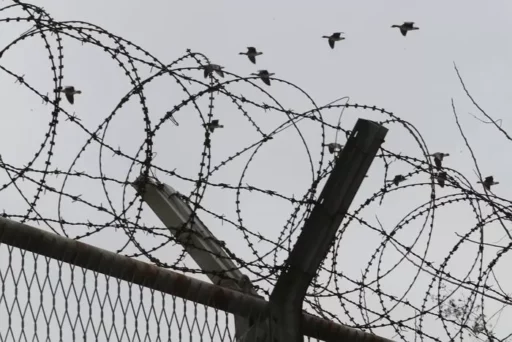The risk of landmines from the North Korean border area descending… Caution is needed during the rainy season.
The military authorities urged the public to be particularly cautious as there is a possibility that landmines planted in the North Korean border area could flow into the South Korean region due to heavy rainfall during the rainy season.
Concerns are growing as it has been assessed that North Korea, which has been conducting border work around the Military Demarcation Line (MDL) last year, has planted a significant number of additional landmines in the process.

The Joint Chiefs of Staff stated on the 22nd that "some of the areas where North Korean troops have planted landmines are connected to shared rivers between the North and South, such as the Imjin River, Han River, Hantan River, Bukhan River, and Inbuk Stream."
They further warned, "If heavy rain falls in the northern area, the water level could rise rapidly due to the opening of the Hwanggang Dam's sluice gates, and landmines that were installed without construction work could be lost and washed away."
Dangerous lost landmines should be reported immediately upon discovery.
The Joint Chiefs of Staff urged residents and visitors near shared rivers between the North and South to be particularly aware of landmines that may be lost from North Korea.
"If you discover an object suspected to be a landmine, do not come into contact with it and please report it to the nearest military base or police station," they emphasized.

According to the Joint Chiefs of Staff, anti-tank or leaf mines are very difficult for the average person to distinguish from normal branches or fallen leaves. Some landmines are also difficult to detect even with the military's specialized landmine detectors, posing a significant risk of casualties.
Image source: North Korean leaf mine / Ministry of National Defense, image of North Korean landmines disclosed by the Joint Chiefs of Staff on the 22nd / Joint Chiefs of Staff


